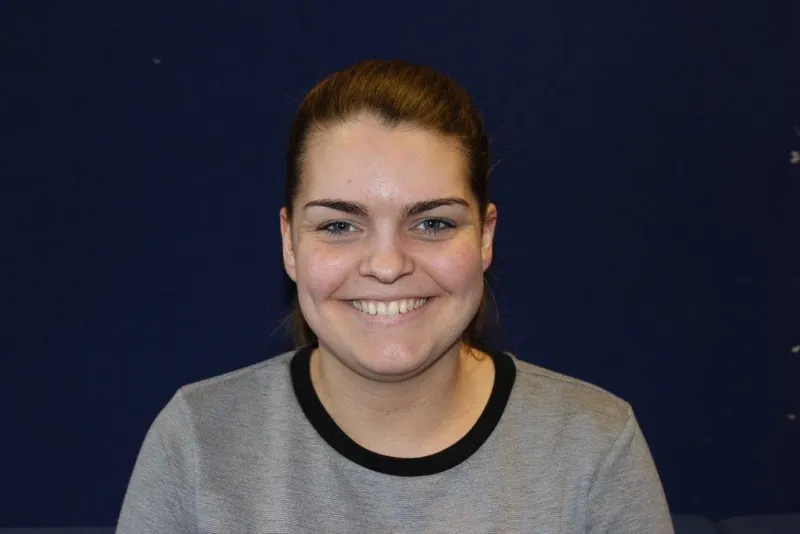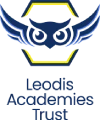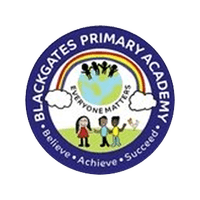
Lead: Amy Hartigan

Curriculum Intent
Through our Geography curriculum at Blackgates Academy we want children to gain knowledge and understanding of the diverse world in which we live, both locally and globally.
Do we love where we live?
Starting in our early years setting children will gain knowledge about our school, the layout of the building and its community. They will begin to draw simple maps in order to develop their understanding of where things are around them. Foundation stage children will also begin to understand the importance of looking after the environment by suggesting ways of keeping our school grounds a clean and safe place for both people and animals.
As the children move into Key stage 1, their understanding of the world around them develops further and the children investigate the local area around school. Through exploration of our grounds, through Forest schools, children will begin to notice the seasonal changes and the impact this has on our environment. Children will have the opportunity to develop their geographical language and carry out simple fieldwork activities within school grounds, at local woodlands and Ardsley reservoir. These hands on experiences will help children to understand the key physical and human features of their surrounding area. The data collected from these visits will be interpreted through the development of maps, diagrams and aerial photographs, all helping to enhance the children’s directional and locational language.
In Key Stage 2, Year 4 children will learn about the leisure and entertainment in the local area. This will build upon their understanding gained in KS1 of the human features of the surrounding area. Through the use of photographs, maps and digital technology children will study and review the changes to land use over a period of time and the social and environmental impact this has had on the local area.
What makes our world wonderous?
‘A high-quality geography education should inspire in pupils a curiosity and fascination about the world and its people that will remain with them for the rest of their lives.’ Our topic – ‘what makes our world wonderous’ is sure to do just that! By feeding children’s curiosities we hope to develop their aspirations to want to visit the seven wonders of the world.
Foundation stage children will start their learning journey by looking at the wider world, which will develop a sense of awe and wonder. Building on this admiration, as they move into key stage 1 and 2 each year group will focus on one of the seven wonders of the world. This will be an in depth study, where every child will gain geographical knowledge focussed on the country in which the wonder resides, as well as the country’s climate, it’s surrounding oceans and continents.
Do animals love where they live?
Children in year 5 explore this question through their learning about South America and the rainforest. Taking an in-depth study at how the rainforest and the animals that live there survive and how deforestation of the Amazon rainforest is impacting the world. Year 6 then look at the impact of volcanoes and earthquakes. They will understand what is under our feet, how this affects the shape of the world and further consider the animals that live in these habitats by studying the impact these natural occurrences have on their environments.
What is it like to live outside Tingley?
Our Summer 2 term gives all children the opportunity to learn about life outside of their local area, building on their knowledge from Autumn 1. At Blackgates we want to ensure all children leave our setting with the experience of visiting a seaside. Children in our Early Years unit will have the opportunity to build sandcastles, paddle in the sea and play beach games. This will be the beginnings of key geographical vocabulary that links to the human and physical features found at the coast.
As children progress into year 1 they will build on the vocabulary learnt in Early years and use this when comparing their local area to a seaside town. Children will be able to discuss the similarities and difference using this enhanced vocabulary.
Children in year 2 will be using atlases, maps and aerial photographs when planning a trip to the seaside. They will be using the vocabulary learnt in previous years to describe what can be seen on aerial photographs and plan routes using maps of our chosen seaside town. Year 2 children will be able to explain which area of the UK our seaside town is in and the surrounding seas.
Our year 4 children will continue developing their comparative skills by carrying out fieldwork around leisure and tourism at the seaside. They will be using digital technologies, maps and plans to survey the coastal town and then compare and contrast these against the local area plans that were made in autumn 1. Year 4 will be able to highlight the similarities and differences between these two areas.
Moving into upper key stage 2, year 5 children will continue to look at tourism, and will be focusing on the impact tourism has on the coastal town. They will develop an understanding of both natural and man made geographical changes and how these can have a negative impact on the environment at large.
Year 6 children will use maps of past and present and aerial photographs to explain how the coastal footprint has changed over time due to natural effects such as erosion. They will be able to make links between the human and physical processes and look at the long term effects these processes will have on coastal towns.




 WWF UK Conservation
WWF UK Conservation
